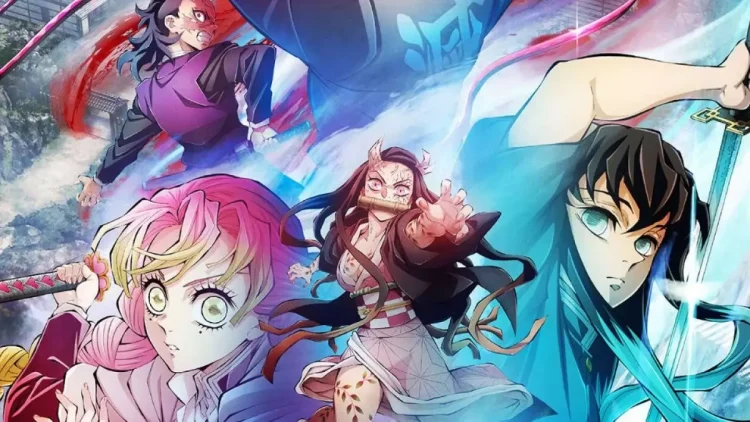After allowing Demon Slayer: To The Swordsmith Village to settle in, fans have started drawing comparisons with the previous major Demon Slayer movie, Mugen Train. While the general agreement is that Swordsmith Village may not be as effective as a standalone movie, when viewed in the context of the series, it excels in certain aspects and surpasses Mugen Train in these areas.
The animation in the Entertainment District arc was stunning, and witnessing the action on a grand scale is a magnificent treat for anime enthusiasts. While it may not surpass Mugen Train as a cinematic experience, Swordsmith Village has its own strengths that will undoubtedly thrill fans of the series, building anticipation for the upcoming season.
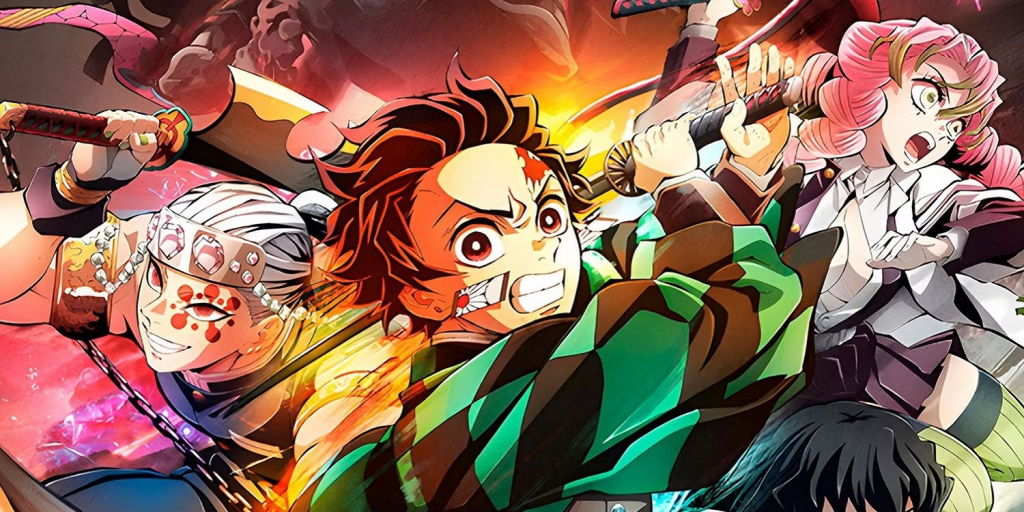
10. The arc doesn’t occupy the entire duration of the season
Despite being a widely acclaimed movie, Mugen Train faced criticism concerning the extent of the arc it covered. As a result, after watching the movie, viewers had little incentive to watch the first half of season 2 since it was already included in the film.
This becomes particularly significant for the upcoming Swordsmith Village arc, which is expected to have substantial revelations in season 3. Compressing all the events of the arc into a slightly over an hour-long movie would not do justice to the intricate details and nuances.
9. The demons are portrayed as more brutal and terrifying
Although the Lower Rank 1 demon Enmu is undoubtedly one of the most unsettling demons, the Upper 6 brother-sister duo is even more vicious and malevolent in their methods of violence. Gyutaro and Daki not only possess immense strength but also take pleasure in inflicting agony upon their targets.
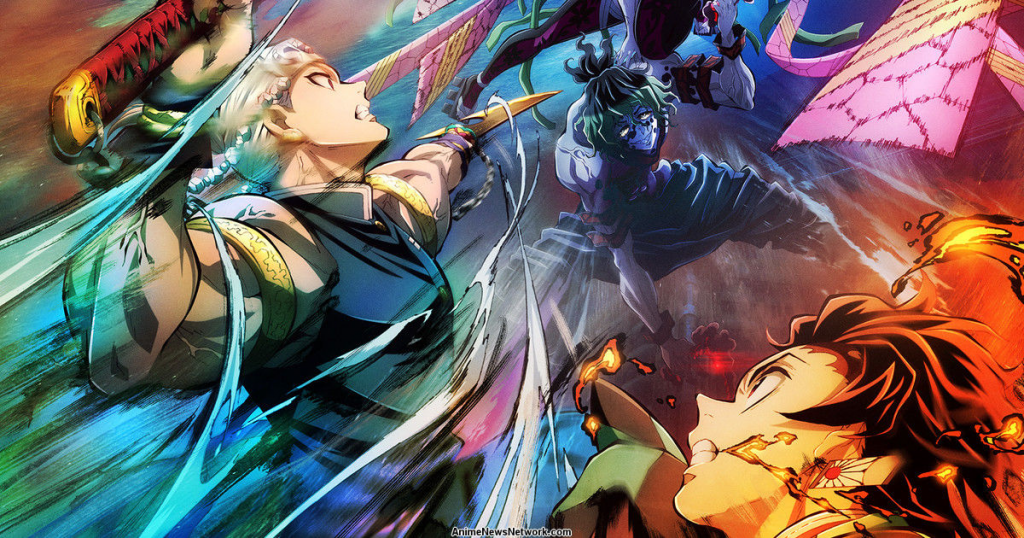
One of the most gut-wrenching moments in the Season 2 finale was witnessing Gyutaro subject Tanjiro to severe physical and emotional torture. In contrast, Rengoku’s presence as a skilled Hashira in Mugen Train provided a glimmer of hope to those around him. However, in the Entertainment District arc, the demons exhibit a greater level of devastation.
8. The top character lives
Rengoku’s death was the most heartrending part of the Mugen Train arc and had a significant emotional impact on viewers. However, in contrast, fans breathed a sigh of relief when Tengen was rescued by Nezuko in the season 2 finale.
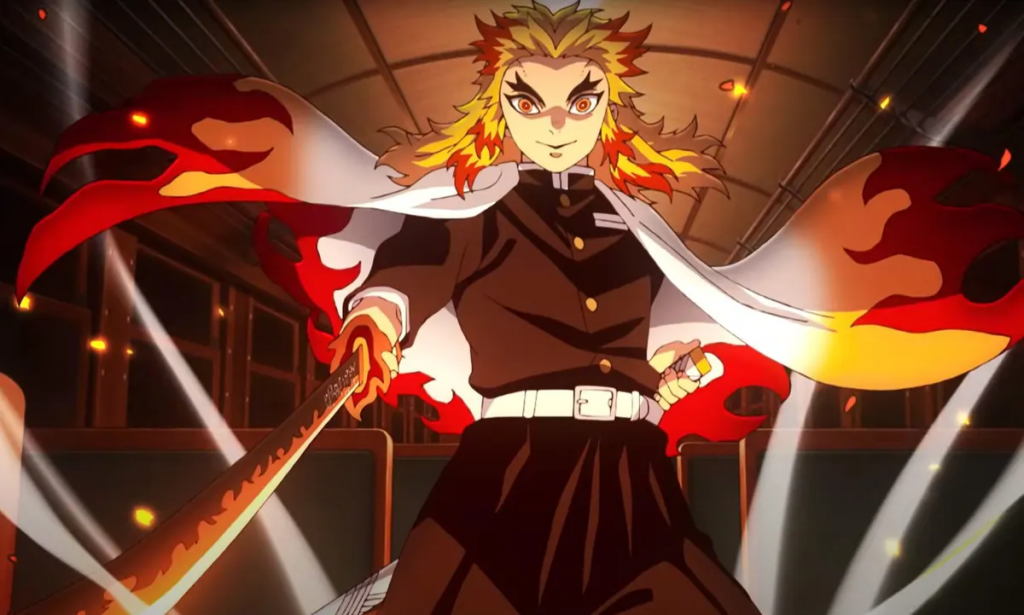
Although Tengen still endures a challenging fate that compels him to retire as a hashira, it is a preferable outcome to certain death. Tengen’s contributions to the cause are exceptional, as he becomes the first to defeat one of the Upper-Rank demons in over a century. While his decision to resign was undoubtedly tough, his accomplishments speak volumes.
7. Three Hashira offer more advantages than a single Hashira
Unlike Mugen Train, where only Rengoku appears, the end of the Entertainment District arc and the beginning of the Swordsmith Village arc feature multiple Hashira. Tengen, the beloved flashy Shinobi, makes a stunning debut on the big screen.
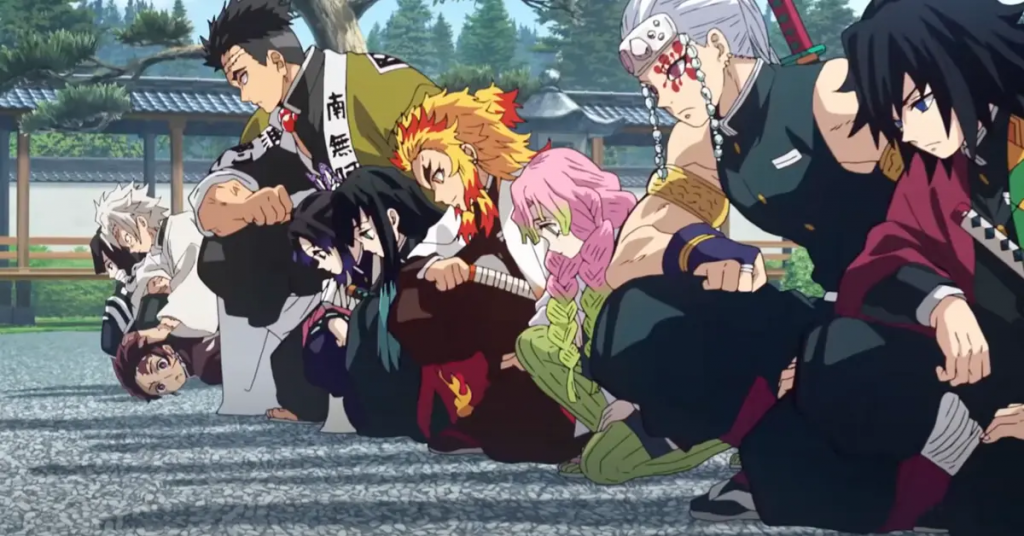
Moreover, Kanroji’s performance in one of the most discussed scenes in the series is noteworthy. Finally, in the concluding moments of the first episode, fans catch a glimpse of Tokito, The Mist Hashira, standing before a dark figure who bears a striking resemblance to Yoriichi.
6. The series offers a preview of one of its most significant arcs
The Swordsmith Village arc contains numerous significant revelations for the series that cannot be ignored. Although the Mugen Train arc was impressive and did an excellent job of introducing Rengoku’s character, it does not have the same level of impact on the story as the Swordsmith Village arc.
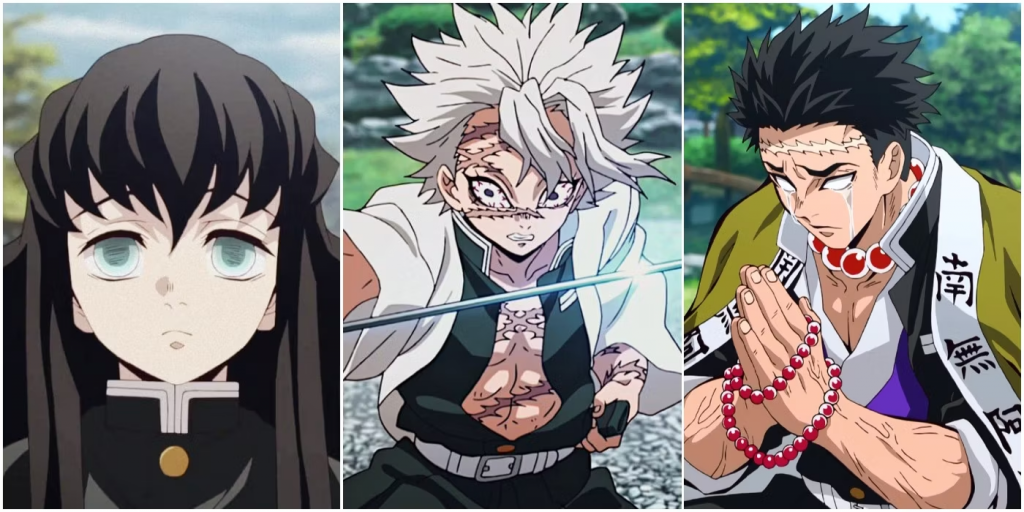
While it was appropriate to make the Mugen Train arc into a full-length movie due to its subject matter and the action sequences involved, the same cannot be said for the Swordsmith Village arc. This is because the arc covers a significant amount of critical information that would harm the story if it were cut out.
5. Entertainment District arc had higher stakes
The Mugen Train placed the lives of numerous people onboard at risk, but The Entertainment District arc escalated the perilous situation even further. The Upper Rank 6 duo, Gyutaro, and Daki unleashed their formidable abilities, placing the entire city in jeopardy.
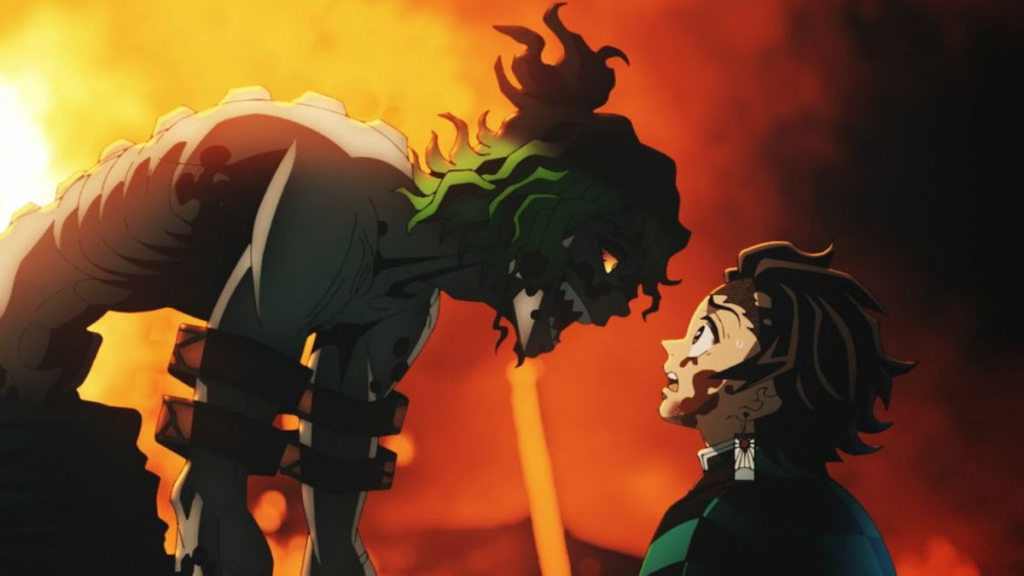
As expected, the entire city suffered devastating destruction, revealing the full extent of the Upper 6’s strength. This battle proved to be the most challenging encounter yet for Tanjiro and his companions, who were pushed to the brink of death by the hands of the demon more than ever before.
4. Tanjiro’s personality glows
In the initial installment of the Swordsmith Village narrative, Tanjiro exhibits a side of his personality that was not apparent in Mugen Train. Unlike the somber and emotive tone of Mugen Train, the first episode of Swordsmith Village displays Tanjiro’s amusing and carefree demeanor, which his fans appreciate and adore.
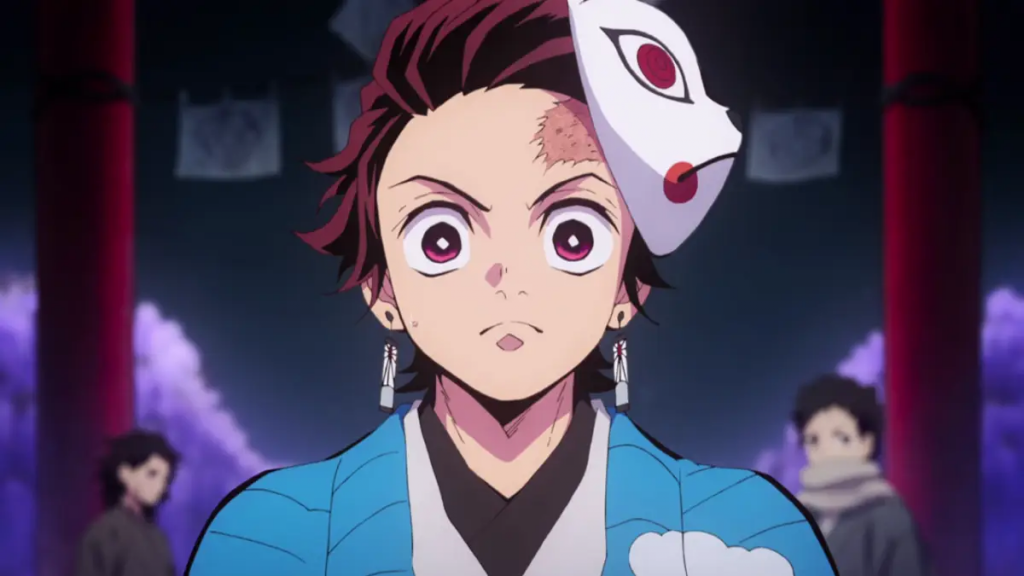
Tanjiro has a unique blend of maturity and innocence, as well as intelligence and naivety. This moderate disposition is a stark contrast to Inosuke and Zenetsu, who frequently lean towards opposite extremes.
3. Nezuko’s role has been expanded
To The Swordsmith Village offers a delightful treat to Nezuko enthusiasts as her character’s non-demon attributes receive more significant focus. Although her prowess was showcased during the battle against Upper Rank 6, her character deservedly finds a moment of relief afterward.
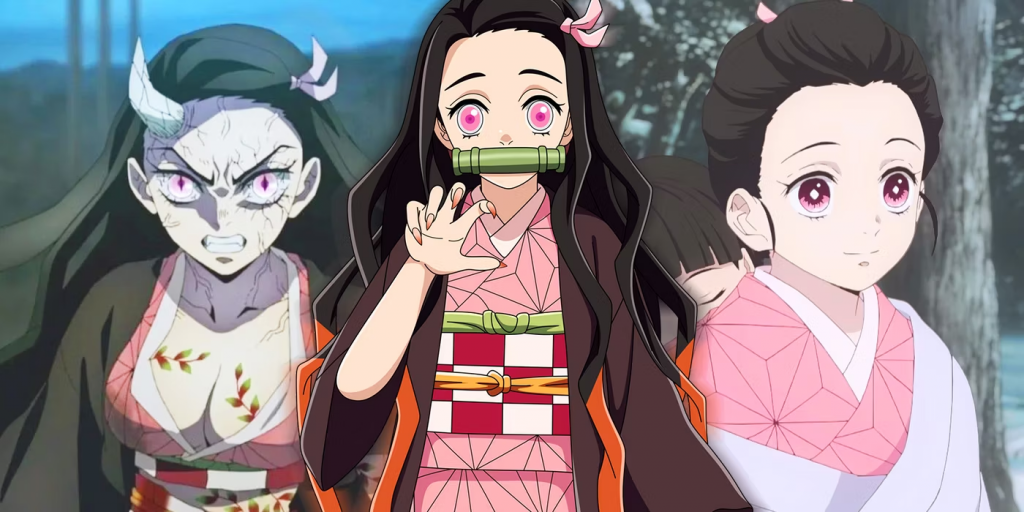
In addition, the new season’s premiere depicts Nezuko developing a sisterly bond with Kanroji. The Hashira’s willingness to accept Nezuko despite her affliction is heartening for fans since most others would understandably react with hostility.
2. The Upper Ranks were unveiled
In the captivating opening sequence of the Swordsmith Village arc, viewers are treated to a sneak peek into Muzan’s concealed headquarters: The Infinity Castle. The scene is executed flawlessly, seamlessly blending CGI effects without overindulging in any particular aspect.
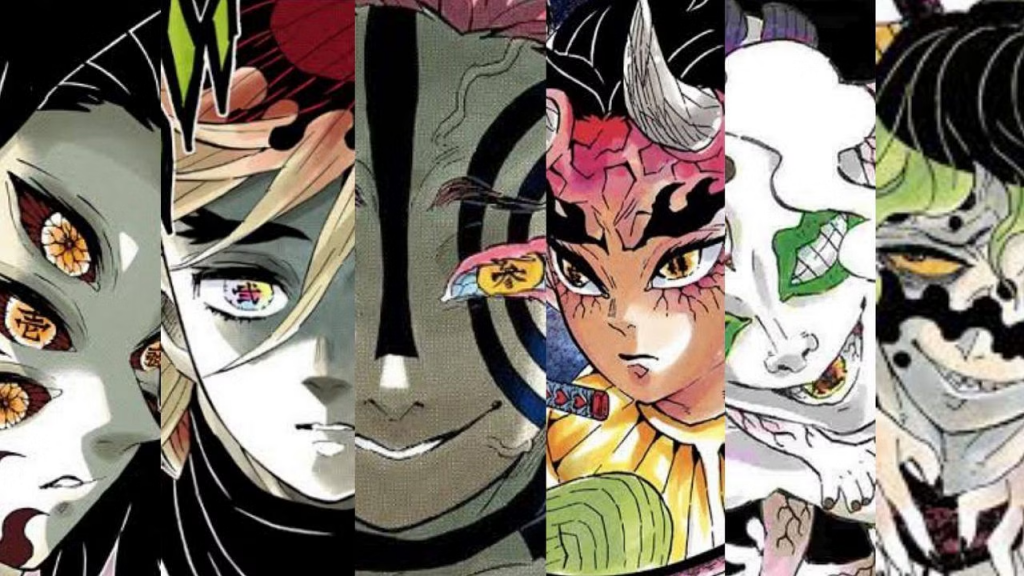
As the inner chambers of Muzan’s Castle are unveiled, the remaining Upper-Rank Demons are finally introduced in their entirety. Of particular significance is the revelation of Upper Moon 1, Kokushibo, who bears a remarkable resemblance to the first Demon Slayer, Yoriichi.
1. The ending has a more optimistic tone
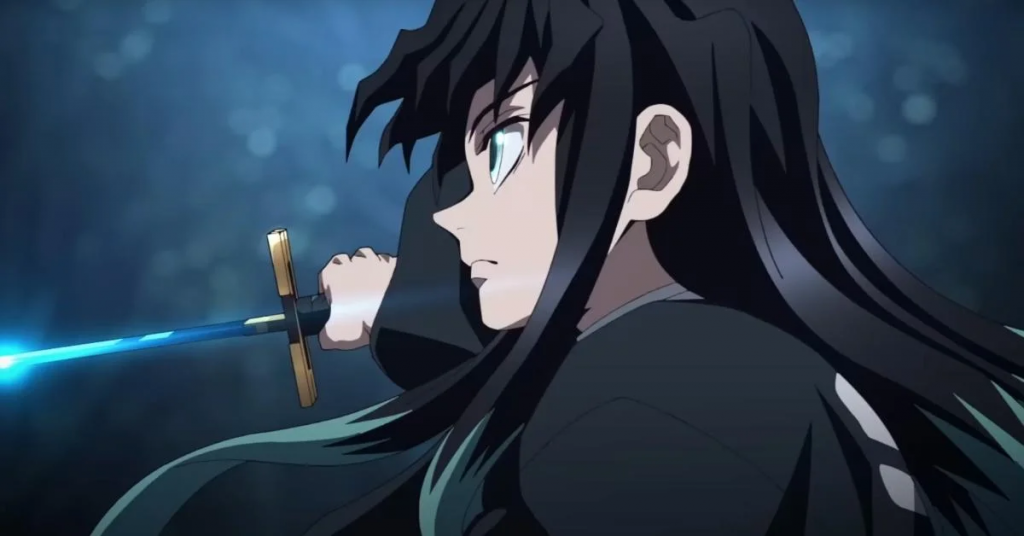
The ending of Mugen Train was known for its melancholic nature, but it also added to the movie’s potency. Conversely, Swordsmith Village wrapped up with a more optimistic and inspiring conclusion after addressing the weightier themes earlier on.
The film convincingly portrayed that Tanjiro’s journey was just beginning, and this was highlighted. While those seeking a solemn movie experience might have felt let down, followers of the Demon Slayer series looking for a glimpse into what the future holds for one of the most significant anime of our time won’t be disappointed.














